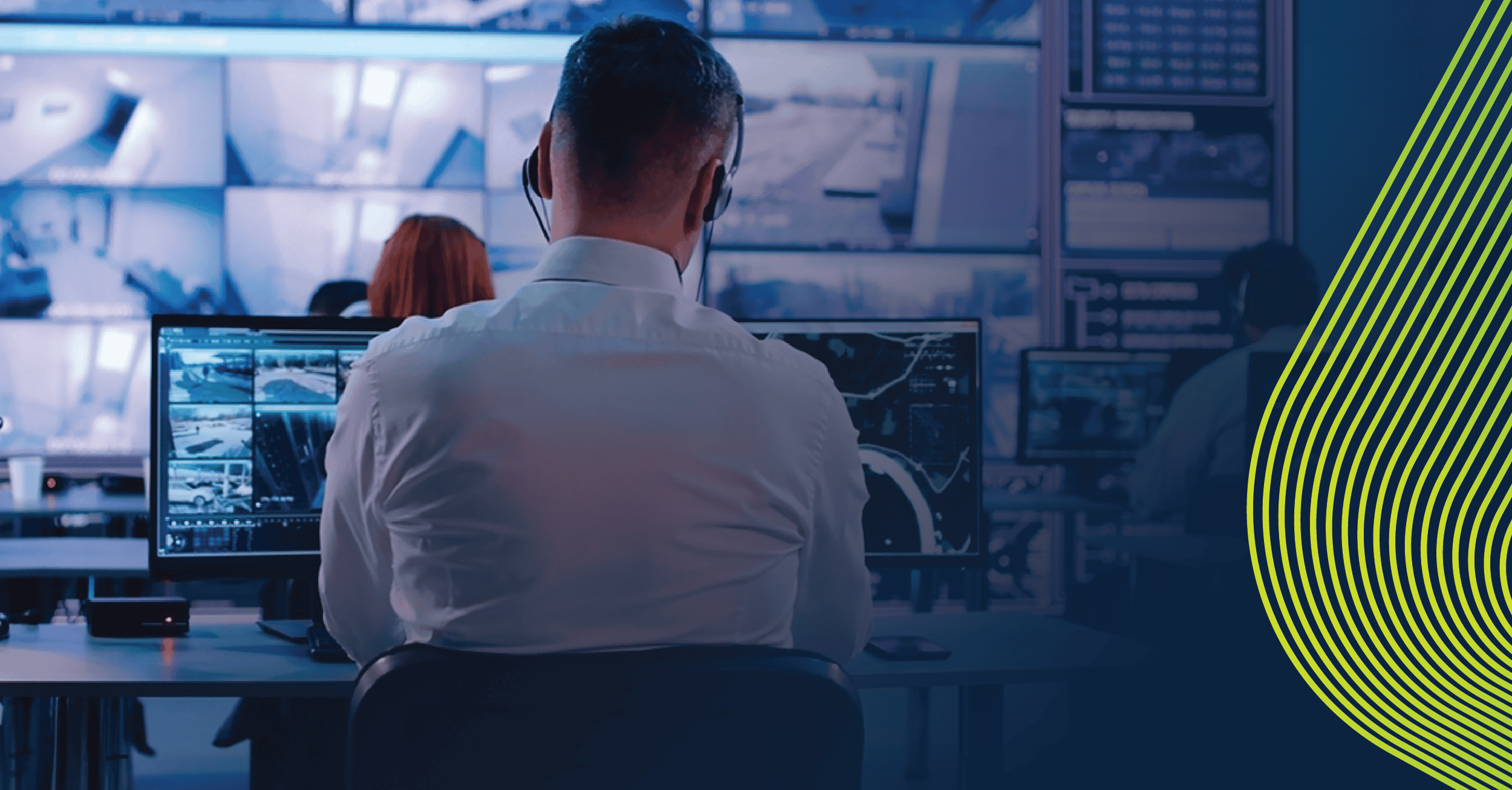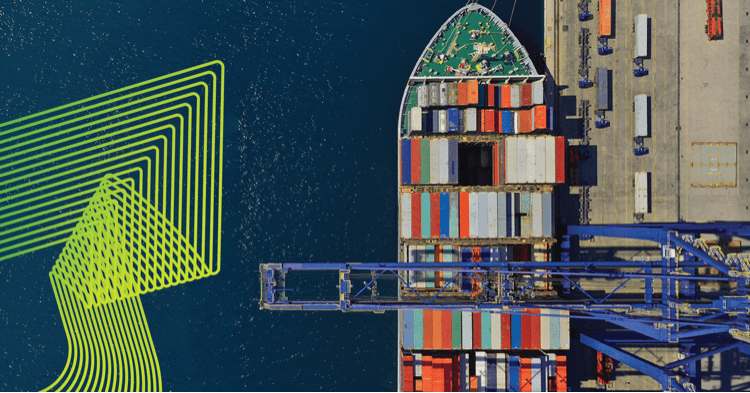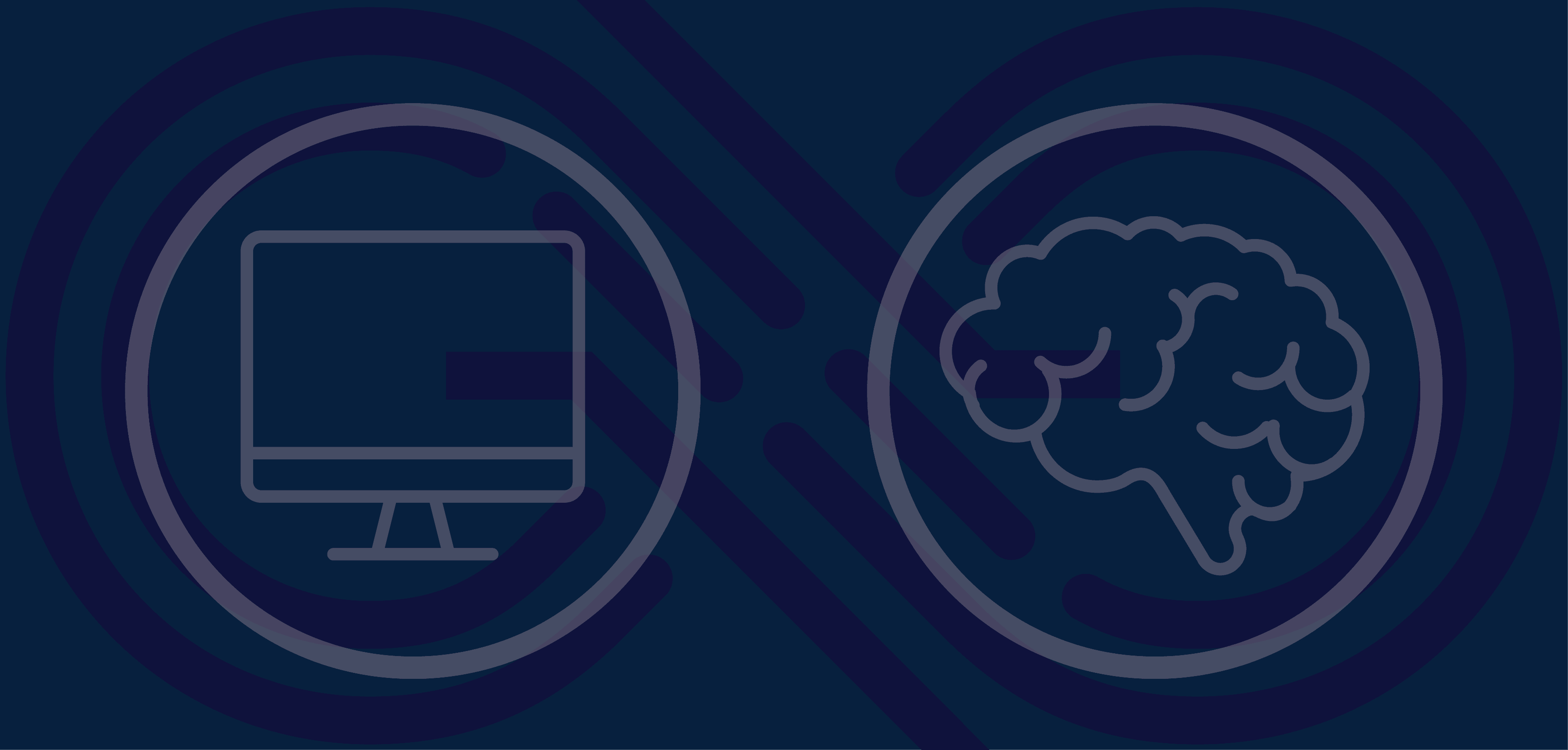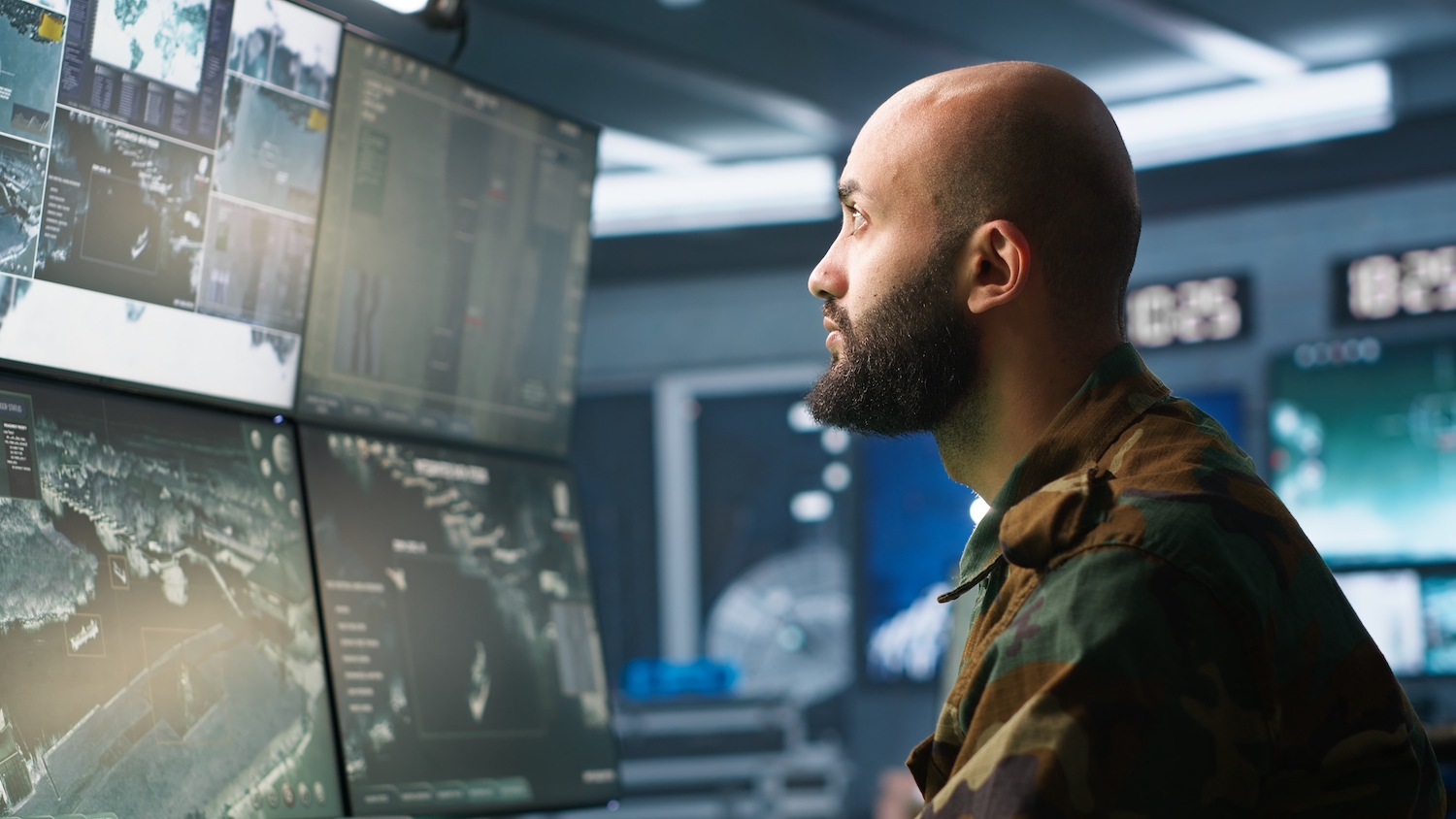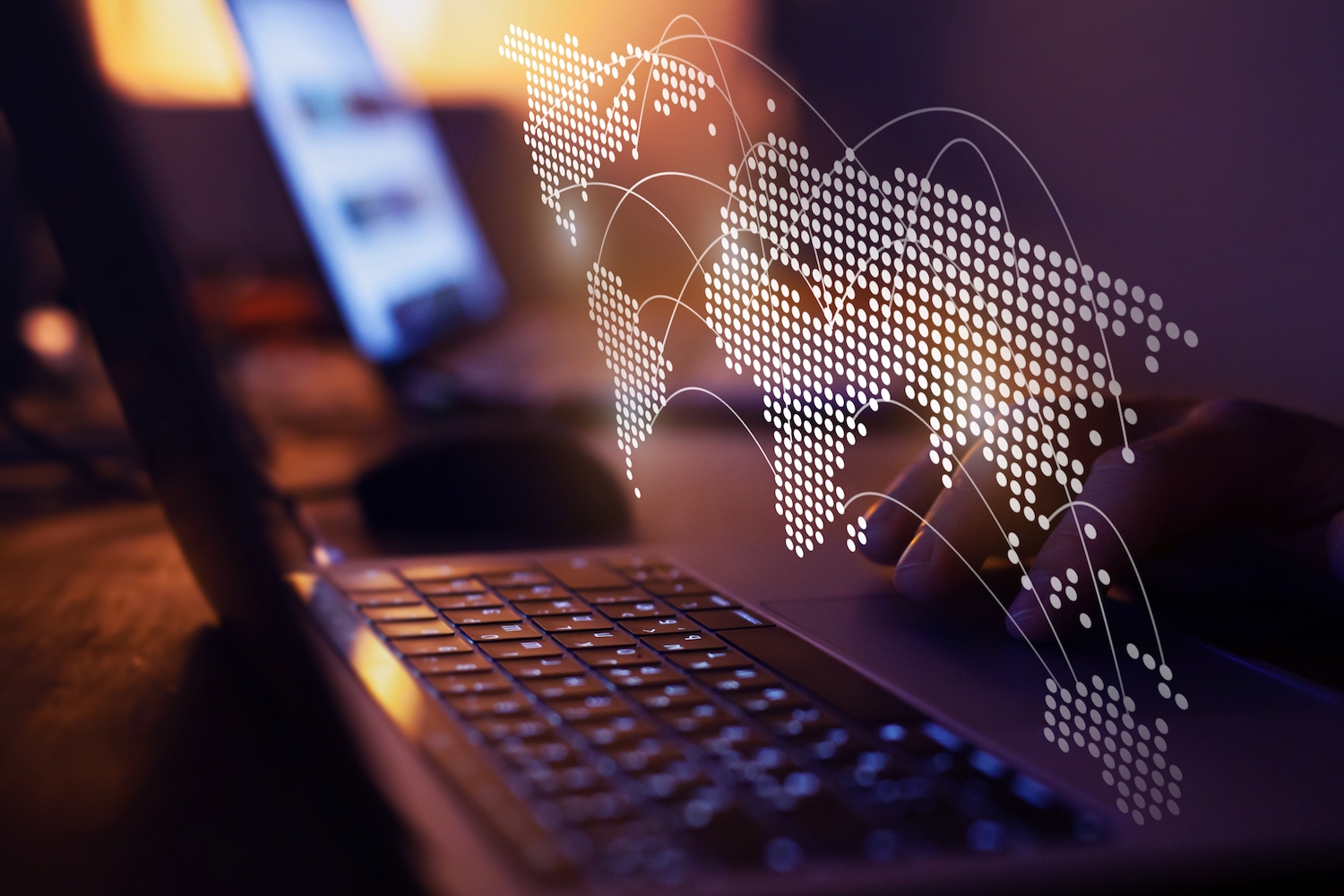In the threat and risk analysis space, where global risk intelligence is paramount, numerous offerings exist, each providing an array of capabilities for professionals. Many of these offerings incorporate some level of real-time or near-real-time data feeds. A few go even further, using AI and ML to enhance insights and foresight, ultimately assisting analysts in their decision-making and recommendations.
While these functionalities are indeed very helpful, they can only take security, operations or risk leaders so far. What’s missing in most cases is the human analysis. Human experts are able to review the data being generated and then provide historical context and expertise, which can really improve the predictive accuracy of the information provided – empowering security operations professionals to not just react to data being served, but preemptively plan based on the insights the human analysts are providing. Because no matter how advanced or innovative our computers and the software that powers them are, the human brain offers benefits that machines simply can’t.
Creating a cyclical process where people and technology work together – teaching each other and pushing each other to become smarter, faster, better – is the next evolution in the threat and risk intelligence space.
This is the essence of augmented analytics in the context of threat analysis and risk assessment. While the concept of augmented analytics is not novel, it has evolved significantly to become a valuable tool in the security operations arena. Augmented analytics provides critical answers and solutions to security teams, reshaping the decision-making process for organizations regarding the risk and threat associated with their strategic investments, the safety of their personnel, and their approach to mitigating supply chain disruptions.
Augmented analytics is so effective because there are real-life people involved – on-the-ground experts who have a deep and long-term historical understanding of the locations being analyzed. These people live and breathe complicated, complex environments and are truly knowledgeable on the ins and outs of the businesses, people, and culture they are analyzing.
For example, if the augmented analytics solution is providing a business with intelligence on Mozambique, the client can feel more confident in the assessment knowing there are analysts who are living in that country. That they understand the nuances of the culture there. They understand the politics and the deep-seated beliefs based on the history of that region, and know what is significant and what is not – outside of what headlines might lead you to believe. The value of these on-the-ground analysts is they can see a news story buried on page A20 of the local newspaper and know this will have a more significant long-term impact than the story that claims the “above the fold” real estate. A machine or person without true local insight might overlook this information.
They aren’t simply monitoring it from afar. They are listening, observing, and living in that country.
In the realm of threat analysis and risk assessment, the potency of augmented analytics lies in its ability to empower local analysts. These analysts not only inform users of the solution but also actively “educate” the algorithms through the application of machine learning (ML) technology. This iterative process results in continuous improvement, yielding increasingly precise, intelligent, and valuable threat and risk predictions over time. It represents an unceasing, symbiotic collaboration between human expertise and machine learning prowess.
How? The on-the-ground analysts tell the data science team what details, sources and specifics the technology is missing so the ML can be trained to identify this information moving forward. And the machines return the favor by serving up details that quite possibly the experts aren’t aware of. The technology ensures our people don’t get caught up in subjective analysis or develop a bias toward an analytical process. The result? Smarter analysts who then create more intelligent machines.
Effective Threat and Risk Intelligence Must Be Ever-Evolving and Refining
The world is always changing. The types of news and social sources are always changing. And so it’s in a continual stage of product evolution. The goal can’t and shouldn’t be to create one amazing product. It is to enable people and technology to evolve faster than the risk or threat can – helping security managers protect their people, their facilities, their assets, their supply chains, and their reputations.
It’s not enough for our machines to predict. And it’s not enough for human experts to analyze the intel the machines deliver. It’s time for more.
For the second year in a row in 2022, SIA’s annual Security Megatrends report found that artificial intelligence (AI – mostly in the form of ML) was the predominant trend shaping the security industry, as companies have embraced the technology’s promise through advanced audio analytics, complex facial recognition, cutting-edge video surveillance scene processing and robotics and drones.
Nevertheless, in the realm of threat analysis and risk assessment, it must be emphasized that while organizations increasingly harness AI and ML, machines alone fall short. Human involvement remains indispensable in interpreting information, as machines can sometimes struggle with sarcasm or tone.
Additionally, the analysis provided by a machine is only as good as the data it has access to. Relying only on computer data analysis in areas where open sources are less plentiful or more censored will result in an incomplete/distorted picture. Alternatively, when there’s a lot of data or information, without clear parameters, computers can struggle to identify the right or most important data. As a result, the output can be devoid of insights and an analyst left with “noise”. The conclusion being – humans and machines are the right, and the best, partners. Alone they both have many challenges and limitations, but together their strengths are magnified and their flaws are diminished. Machines are the ultimate human counterparts. By harnessing their capabilities, it frees up considerable amounts of time your people were previously spending as they manually processed and analyzed data. It’s time to let the machines do the grunt work – they’ll do it faster, and often better than people could ever do. This gives humans the unprecedented opportunity to hone in on data and problems that might have been overlooked in the past. And to cull out insights that help security teams predict and plan instead of react and mitigate.
Is your organization combining the power of people and machines? If not, why? It’s time to reimagine the decision-making loop.
Enhancing Threat and Risk Analysis with Augmented Analytics
Seerist’s augmented analytics solution combines AI, machine learning, and expert human analysis to deliver trustworthy threat intelligence. By automating the collection of global data, capturing various shifts and swings, and filtering out the noise, Seerist provides valuable insights. These insights are seamlessly integrated into a user-friendly dashboard, ensuring swift and dependable decision-making in crucial moments.
Book a demo to see Seerist’s threat intelligence tools in action or follow us on LinkedIn to learn more about how Seerist helps you stay ahead of the curve.
